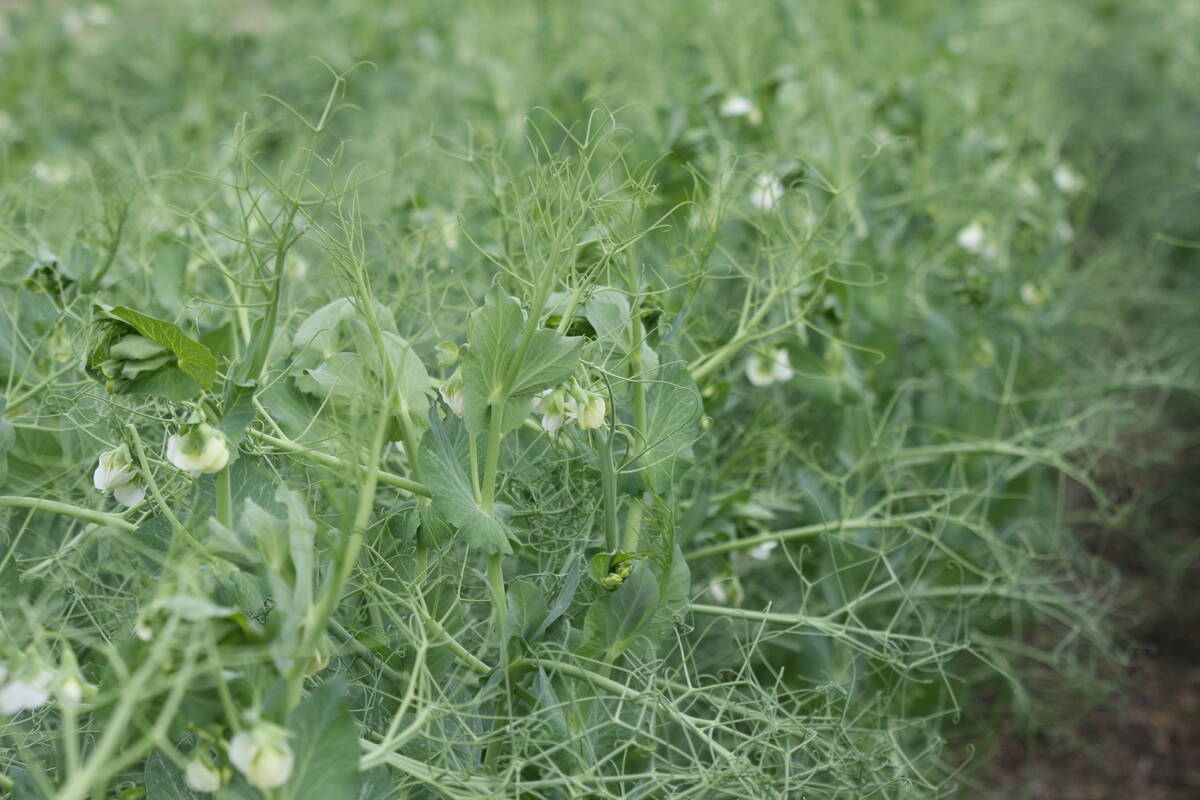Sure enough, as soon as the pandemic pressure has somewhat eased, we’re back to arguing about slow rail service.
The present situation arises from a recent big shortfall in grain cars delivered by major railways to prairie elevators. The Western Grain Elevator Association asked the Canadian Transportation Agency to investigate the railways for their service during a long period in the winter, when less than two-thirds of ordered cars arrived at prairie grain elevators. Canadian National Railway delivered a little more than half.
What would have happened if anything near a normal-sized crop had been grown and needed to be shipped?
Read Also

Russian pulse trouble reports denied
Russia’s pulse crop will be larger than last year, which won’t help prices rally from their doldrums.
The CTA refused to investigate, noting that outside the period when major flooding and weather problems washed out major shipping routes in British Columbia, good service was delivered.
CN and Canadian Pacific Railway say their service recovered quickly after the track damage was repaired and as the frigid weather eased.
Fighting about grain transportation: just another thing that seems more normal now in the living-with-COVID world we’ve entered. It’s not likely that we’ll ever leave this issue behind, as bigger and bigger prairie crops fight for service on rail systems that have to haul more and more of many commodities.
When things are good, like they were last year with not much competition for rail space, the issue goes away. When there are problems, it arises again.
But in the midst of this unfortunate normalcy, lots of good things are happening within our rail and agriculture system that give us reason to believe our system is continually improving, even if it’s hard to see.
For example, Winnipeg is seeing the development of CentrePort Canada, a massive inland port project that brings together rail, air freight and road infrastructure to create a logistical hub that is intended to encourage processors and distributors to set up within it. By the nature of the Prairies, a lot of that will undoubtedly be agriculture related.
The rail yard that is about to be built is designed to allow processors, manufacturers and distributors that set up within the inland port to get their goods onto CN, CP or BNSF lines. The yard also allows for railways to put together combined trains from multiple companies, so it’s less onerous for the railway to pick up the cars and haul them out.
The logic is that if processors and distributors can be sited at a location in which they can easily ship out their goods, they’ll be keen to be there. If it’s less costly and annoying for the railway to pick up the goods, they’ll be more willing to haul them, and at a better price.
It seems to be working. Merit Functional Foods is producing unique canola and pea protein products that it is already shipping. Paterson GlobalFoods’s O Foods speciality oat mill is about to go into production.
Regina’s Global Transportation Hub is a similar project, which is also drawing increased interest from processors, manufacturers and distributors, which are also heavily agricultural.
Other logistical hubs are also being established on the Prairies, all of which add incremental gains to the efficiency of the transportation system.
The railways, believe it or not, are also almost continually improving their systems. It’s hard to see after the winter we’ve gone through, or after a winter like 2013-14, but if you compare the 2012 system to that of 2022, you’ll find a much better set of pipelines shipping agricultural goods to port, across North America and within Canada.
There have been some big investments in Vancouver, our most important port. Those investments occur over many years, so they’re also hard to see sometimes, but it’s a better agricultural export port today than it was a decade ago.
The surge in agricultural processing in Western Canada, led by companies building new canola crushing plants and being joined by innovative processors like Merit, should lead to a better spread of rail shipments, with less emphasis on bulk grain and more on processed goods.
Hopefully, that will reduce some of the cyclical surges and slumps that make it hard and costly to design a system that works when farmers need it.
There is no question that there are bottlenecks and flaws at many points in our transportation chain. Each one of those cost farmers money in the end because anything that adds costs anywhere in the system eventually pushes those extra costs back to the farm.
We need to continually pressure the system to do better. Farmers are paying the freight, so farmers have the right to expect good service at an acceptable price.
But there are reasons to believe that we’re evolving a much better system today than we had in the past, and that’s something we can feel optimistic about.


















